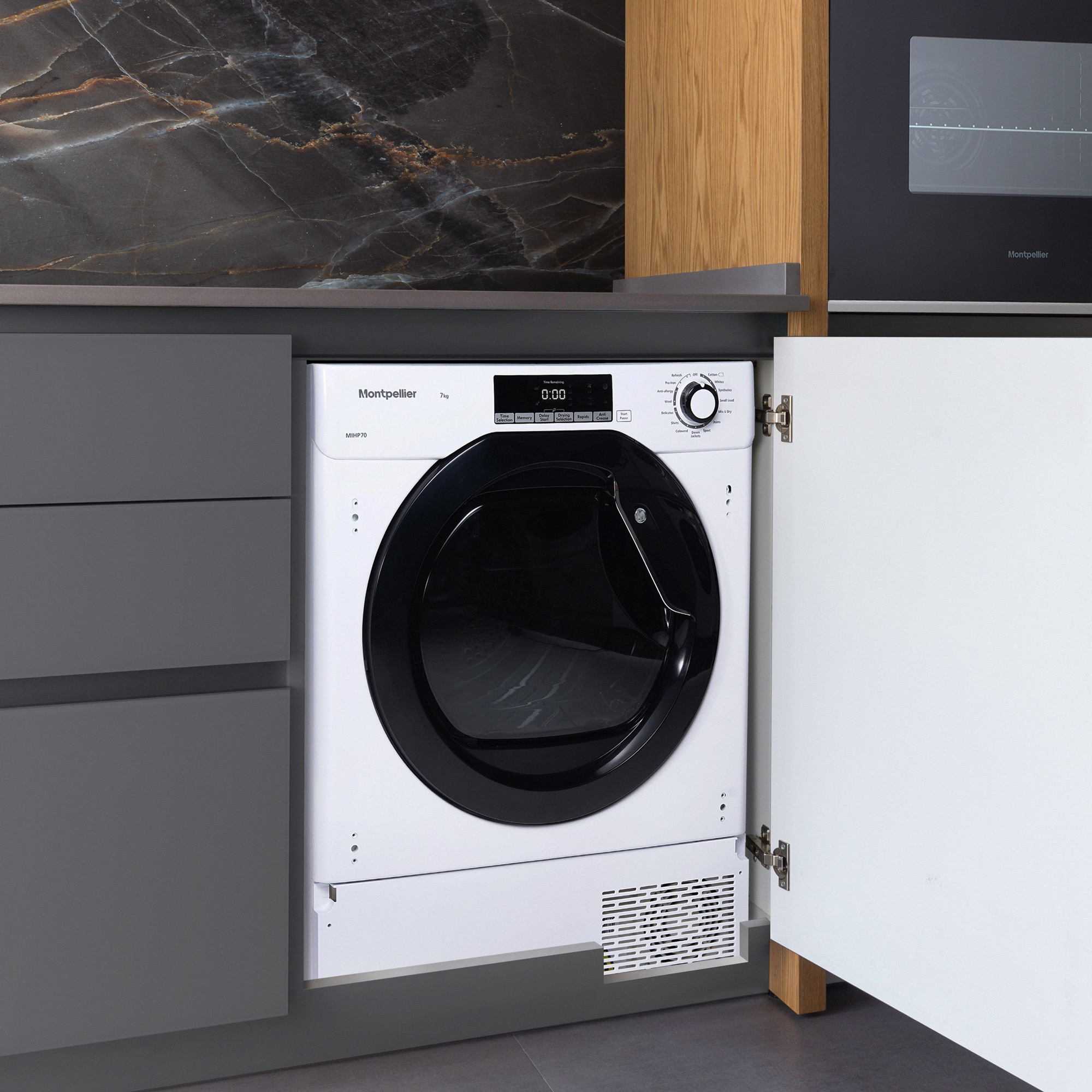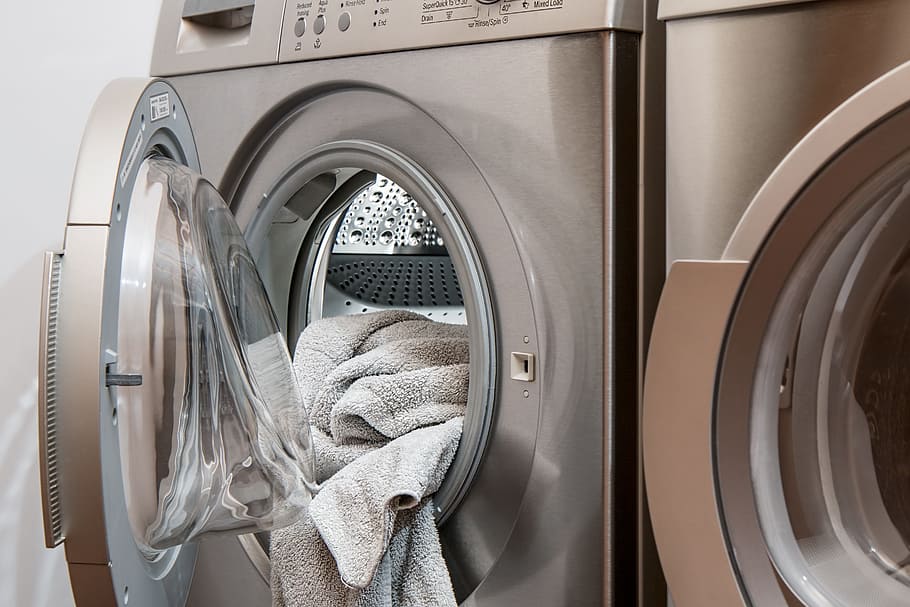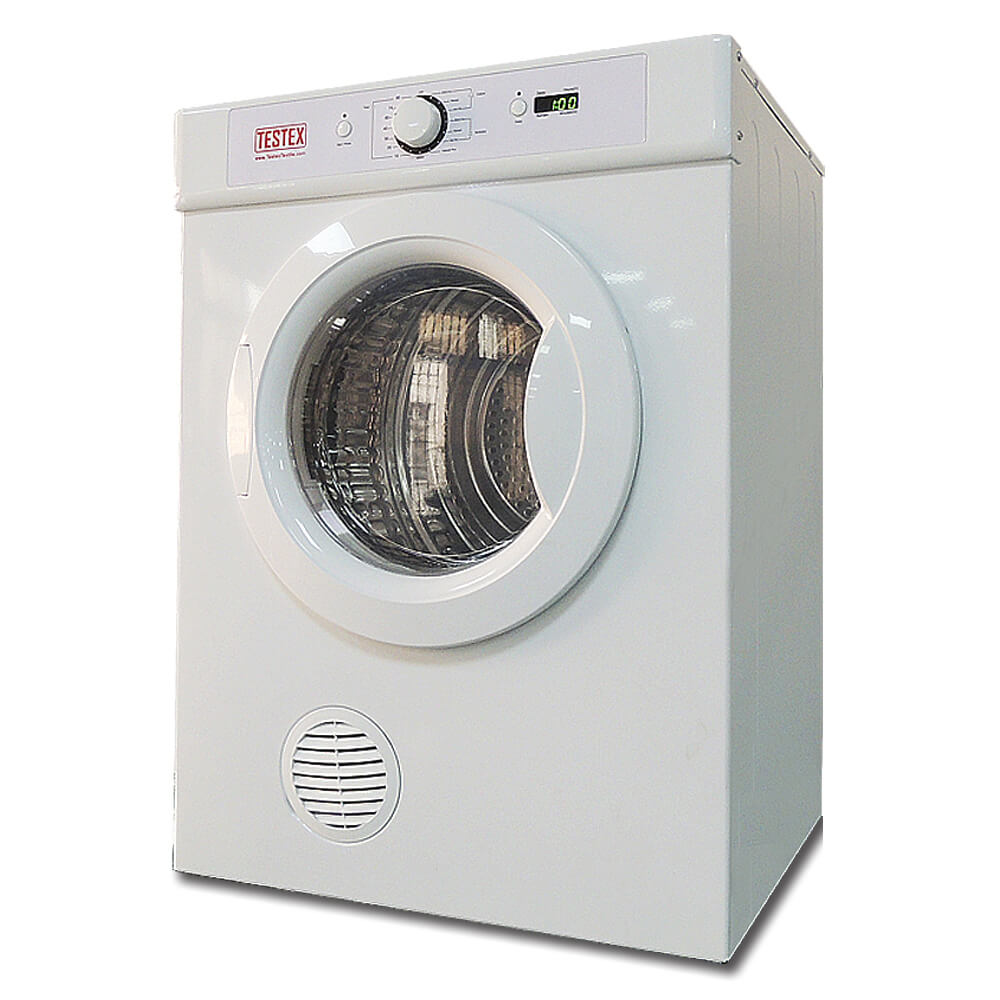
The biggest drawback to condenser dryers is time. Manufacturers are focusing on developing them more than vented dryers, as this is the latest technology. That’s not necessarily the case with vented tumble dryers.Ĭondenser tumble dryers also come with more features and settings, like special drying modes for different fabric types or variable drying speeds.


This means it’s safe to put condenser dryers inside airing cupboards or cabinetry. They do not need to be situated next to an outside wall or window, which allows for greater design flexibility and location options within a home.Īlso, because of how condenser tumble dryers circulate hot air around inside the machine, there is much less condensation to worry about.
#TUMBLE DRIER PRO#
The biggest and most obvious pro is that condenser tumble dryers can be placed anywhere. It has to be on or near an outside wall or window for the venting hose to reach the outside.įinally, although their simplicity does have its benefits, it also means you are missing out on some useful features and functions that the newer condenser models may have.Ĭondenser tumble dryers are the newer of the two machines, but they still have their pros and cons.įirstly, the benefits. You are also limited as to where you can situate a vented tumble dryer. This is not necessarily the machine itself, but things like the vent hose and fixtures are very delicate and can easily be damaged or come loose. Firstly, vented tumble dryers are typically more susceptible to breaking. There are a few drawbacks to take into account with vented tumble dryers, however. But as with every rule, there is an exception – in this case, it’s the heat pump condenser dryer. Vented tumble dryers are also usually much cheaper and more economical to run than standard condenser tumble dryers. This means that (usually) there is less that can go wrong, so any repair work is typically quicker and easier. Vented tumble dryers are also often simpler machines in terms of their settings and how they are built. This means there is no damp buildup or moisture trapped inside the machine, which can cause smells and mildew. The biggest pro for vented tumble dryers is that they will dry your clothes quicker than a condenser dryer.Īlso, as the name suggests, vented tumble dryers will remove all the water/moisture out of the room to the outside of a property. Vented tumble dryers have been around longer than condenser dryers and are sometimes seen to be a little old fashion. Top Tip: Use the water from your reservoir to water your plants and save on water waste! Advantages Of Vented Tumble Dryers Best practice dictates that you empty it after every wash.Īlthough there is the task of emptying the water tank, condenser tumble dryers can be beneficial for many people as it means you have more freedom to place the machine wherever you like – it doesn’t have to be placed by an external wall or window.
#TUMBLE DRIER FULL#
Most current condenser tumble dryer models will alert you when the tank is full and needs emptying. When the tank is full, you just have to empty it. It operates much like a dehumidifier in that regard. Rather than venting the moisture/water to the outside, the tank simply collects the water. What Is A Condenser Tumble Dryer?Ī condenser tumble dryer collects the water/moisture from your wet clothes in a water tank (sometimes called a reservoir), which is located within the machine itself. Water and moisture via a hose, it will need to be installed close enough to anĮxternal wall or window for the hose to reach outside.

Think of it like the extractor fan in your kitchen or bathroom, with moisture being pumped outside. This usually happens through a small vent or grill. The machines do this by using a long, flexible hose that connects to the tumble dryer and vents the moisture to the outside of your home.

Physically vents out the water/moisture from the machine to the outside of a


 0 kommentar(er)
0 kommentar(er)
